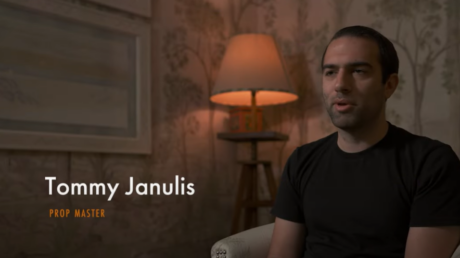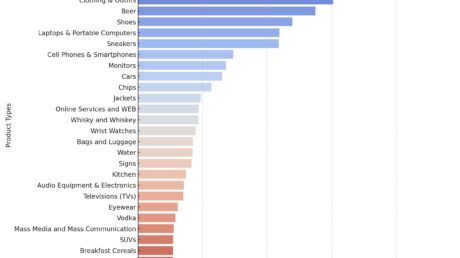Product placement strategy is trending and is as effective as ever. New shopping formulas and branded content opportunities are emerging in the on-demand streaming kingdom.
In the context of fashion marketing, the product placement communication strategy was linked to opportunities to appear on film, television, or the red carpet. Fashion brands were fighting to be featured, mentioned, or worn by world-class celebrities. Today, the landscape has evolved from traditional to innovative, to update product placement strategy as one of the rising marketing tools.
With the popularization of streaming services, on-demand platforms like YouTube, and the rise of social media over traditional media, branded product placement has evolved from being static and unobtrusive to being dynamic and Internet-centric with greater scope.
Last December, the streaming series Emily in Paris announced shoppable content for season two. In addition to being a promotional strategy, the producers wanted to cash in on the hit show by opening an online store to sell merchandise from a clutch of top luxury houses featured on the show.
According to ViacomCBS and Netflix, Emily in Paris captured a global audience of 58 million viewers within a month of its release in October 2020, suggesting a genuine interest in the dreamy, luxury-filled lifestyle depicted on the show, set around ‘Savoir,’ a fictional luxury marketing agency.
The fashion curated collection is available for sale on Netflix’s shop and Saks.com, including some fashion brands such as AZ Factory, Eye M by Ileana Makri, and Zeus+Dione, along with other Chanel-owned specialty labels: Maison Michel for hats, Goossens Paris for jewelry, and Causse Gantier for gloves.
“The products are an organic extension of the French fantasy that is such a big part of the series”, stated Jose Castro, Senior Vice President of lifestyle licensing, and global collaborations at ViacomCBS Consumer Products. “As soon as we saw Emily in Paris, it was clear that there were many elements for fans to connect with from a product perspective. The series gave us all a glimpse into Parisian beauty and luxury and created a sense of desire for more. As it gained in popularity, we had several brands and labels express interest in partnering to let fans bring a little bit of that luxury home with them”.
Product Placement Defined: The Evolution of a Marketing Practice
According to authors Ginosar and Levi-Faur, in “Regulating Product Placement in the European Union and Canada”, product placement is “the purposeful incorporation of commercial content into noncommercial settings, that is, a product plug generated via the fusion of advertising and entertainment”.
In this context, a product brand placement or branded entertainment is a marketing practice where a name or product is deliberately inserted into the motion picture, video clips, or other media and used contextually for commercial purposes.
Product placement is a marketing practice in advertising and promotion. The fashion industry has benefited from its use for decades. Think about famous fashion product placements in films such as Giorgio Armani’s jackets in American Gigolo, Ray-Ban’s aviator sunglasses in Top Gun, Manolo Blahnik’s stilettos in SATC or Givenchy’s Little Black Dress in Breakfast at Tiffany’s.
Marc Jacobs’ infamous Perry Ellis “grunge” collection appeared in the music video for Sonic Youth’s “Sugar Kane,” featuring backstage footage of the actual runway show. Today’s sponsored shopping content on Instagram, TikTok, and YouTube is a natural evolution of product placement born in movies and video clips.
Shoppable content online is a tech-revamped practice of the long-distance mail order-selling catalog or even infomercials. In the past, both showcased fashion products and persuaded the customer through information, images, emotions, and product qualities.
Now with streaming services the fiction blends the reality of promoting a branded product in just a “click, pay, and cash out” process.
Balmain’s Creative Director Olivier Rousteing partnered with U.K television network Channel 4 to create a short-form drama series entitled Fracture. Balmain’s Fall 2021 designs were worn by the cast in the entertainment drama series.
Product placement and shoppable content aim to achieve prominent audience exposure, brand visibility, and brand awareness. The strategy wants to increase consumer memory and recall, testing instant brand recognition and fostering brand loyalty.
In a world where everything is for sale, anytime, anywhere, it is crucial, however, to find marketing strategies that strike a balance and counteract unbridled consumerism to pursue other objectives besides profit.
Originally published in Elle Education, written by Fernando Aguileta de la Garza




